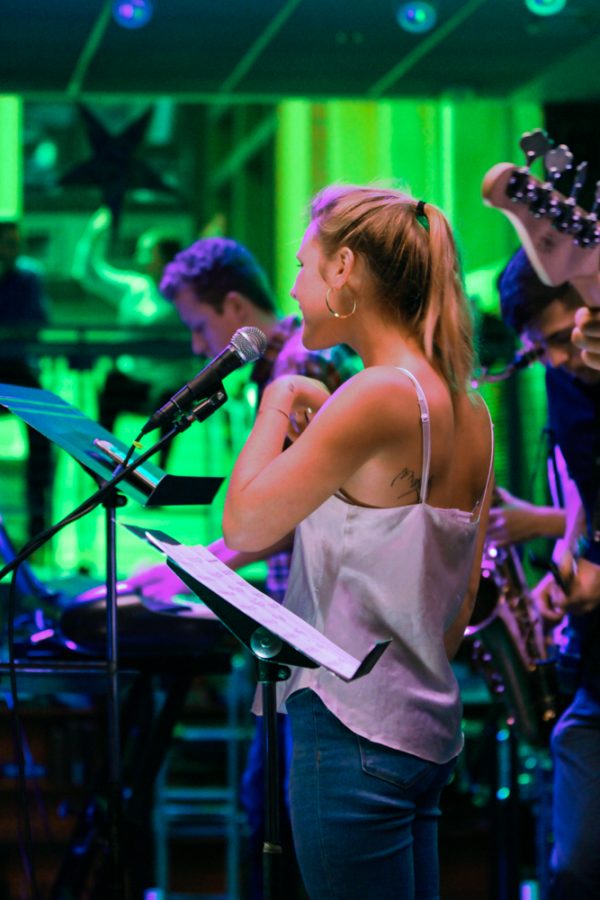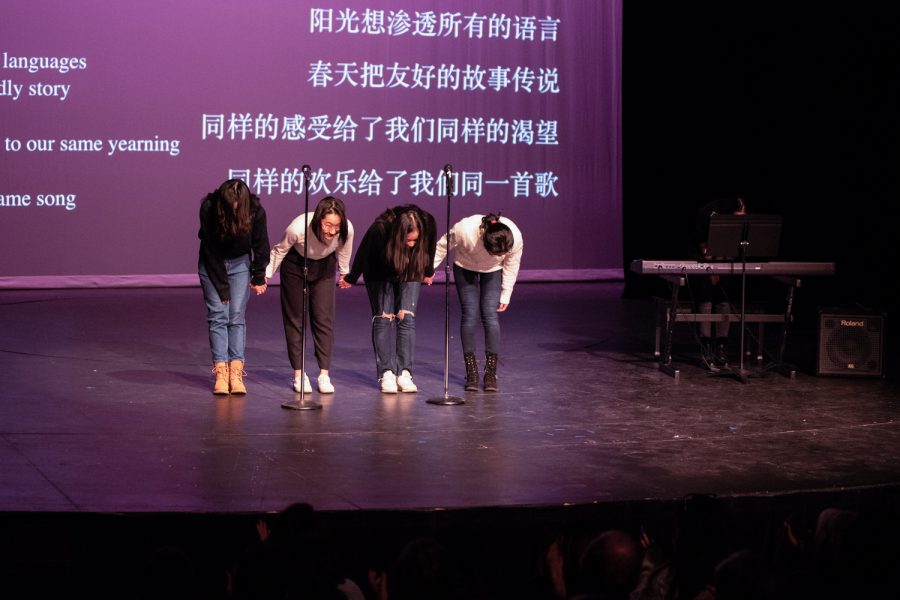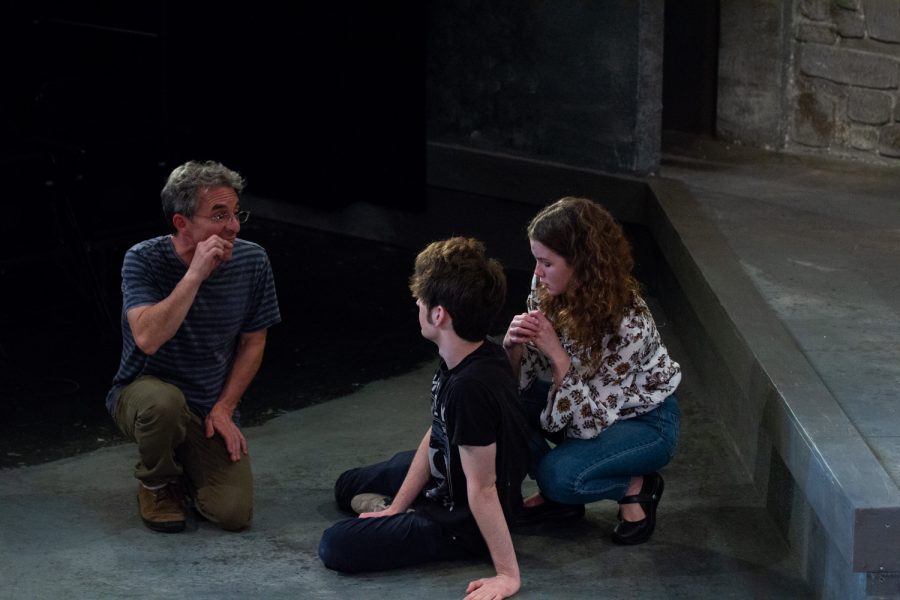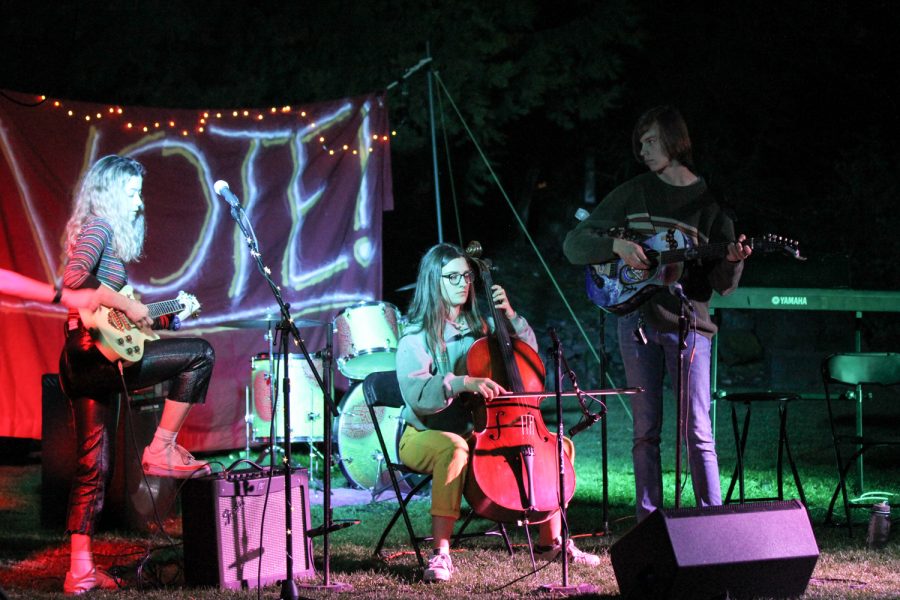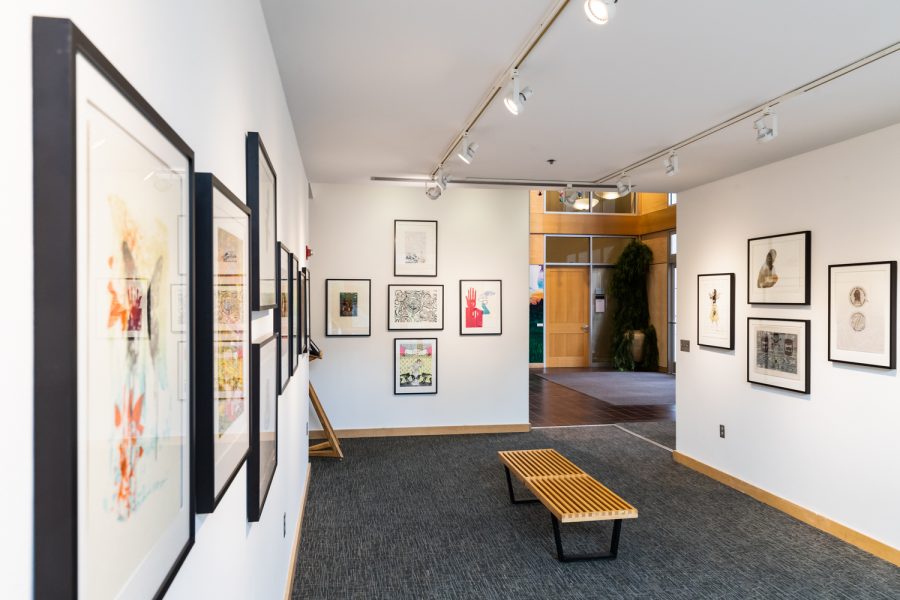On Thursday, Oct. 18, students walked to class with their gaze not cast down upon the usual sight of Ankeny Field’s greenery, but instead upwards at the sky, where a weather balloon hung, figuratively and literally watching over the befuddled observers below.

This apparatus, the Whitman Sky Project, was one of many recent projects created by students in a 300-level interdisciplinary course called Raw Geographies, co-taught by Assistant Professor of Art Michelle Acuff and Associate Professor of Politics Aaron Bobrow-Strain.
Born from the global studies seminar, the goal of the course is to study the intersection of critical social theory and art practice.
Acuff discussed the course material and its objectives.
“We could have established a whole curriculum, but instead, we decided to make it a little more organic and sort of have the students generate the syllabus because of their interest. And so we have very broad prompts,” she said.
Inspiring the recent projects was the first prompt for the students to make visible a social relation on campus. After the projects were established on campus, Acuff discussed the results.
“They just put out their first project. They just finished them, and so they steeped, and they wrestled, and they came up with what we think are truly amazing, hybrid things,” she said.

Walking around campus, one might have also noticed a barbed-wire fence surrounding “Treaty Rock,” or what is also known as a Frisbee golf hole on Whitman’s unofficial course. This was yet another project examining the interaction of geography and social relations, particularly the removal of Native American land rights, produced by senior Raw Geographies students Kasey Burden, Mattie Griswold, Olivia Kipper and John Whiting.
Whiting, an environmental studies-geology major, discussed his project and class experience.

“I’ve always been interested in Native American relationship and history here in Walla Walla and just sort of the relationship between the school and the outside community, and this class gives us the opportunity to delve into that,” he said. “And so, I think just giving us that chance to research something that we’ve always been curious about is excellent.”
The Whitman Sky Project, produced by seniors Ben Lerchin, Anna Murveit, Daniel Swain and Marcial DÃaz MejÃa, additionally sought to reveal subtleties in the relations of space and social interaction.
Lerchin, an art major, explained the concept and goal of Whitman Sky Project.

“One of them is the notion of surveillance that is becoming more common with the way we use the Internet with Facebook and Google and whatnot, and this idea that more data is good,” he said. “And I don’t think we disagree with that, but we’re questioning it. I think we also wanted to consider how Whitties interact with that space and the paths that we make; whether we’re carving a straight line across the field or winding and weaving in interesting ways and look at it from this really interesting vantage point that you can’t get normally.”
As a whole, the students bring a vast range of skill sets and perspectives to the class.
“They’re making works that would have viability in both the fields of geography and art,” said Acuff. “It’s inherently interdisciplinary, the true way of thinking about the contemporary art world. So you’re drawing upon lots of different disciplines.”






